'Get by on so little.' Survey details artists' financial struggles in Miami-Dade
Published in Entertainment News
MIAMI — At the height of her art career, Devora Perez juggled six part-time jobs.
If she wasn’t creating Miami-inspired, neon abstractions in her studio, you could find her teaching at Florida International University, preserving records as a digital archivist for several nonprofits, or managing Dimensions Variable, a gallery and artist-in-residence program in El Portal, her current gig.
And when an undiagnosed autoimmune disorder forced her into a wheelchair for months last year, she was fortunate to have health insurance through her husband’s employer. Had she not, her bi-weekly injections would have cost her nearly $3,000, instead of the $5 out-of-pocket cost through his insurance.
“I couldn’t have health insurance until I married [my husband]. He works for the county, so even better, those benefits,” said the 34-year-old artist who lives in Hialeah. “I couldn’t walk, and I didn’t know what was wrong ... I honestly don’t know what I would’ve done.”
Perez’s reality is not far off from those of other artists living in Miami-Dade County. She’s joined by 226 creatives who self-reported that they could not afford healthcare — including insurance plans and doctor visit co-payments — last year, according to a survey by the Miami Artist Census released in June.
Artists for Artists: Miami, a nonprofit advocating for local artists, launched the survey in October following Gov. Ron DeSantis’ $32 million veto of arts funding from the state budget.
“We realized that we were making a lot of assumptions about what artists actually truly need in Miami,” said Misael Soto, an artist and self-described “chief instigator” behind the census. “We struggle to get outside of our own kind of networks or little circles, so how could we truly understand and advocate for ourselves?
Soto, joined by data librarian Carrie Sieh and performance artist Harmony Honig, modeled the 90-question, self-funded survey after the Los Angeles Artist Census, created by Miami-born artist Tatiana Vahan. Queries on income, benefits and representation stayed the same, with questions about the financial impact of hurricanes or Florida-specific healthcare issues thrown in.
From Oct. 1 through Jan. 31, the team disseminated the questionnaire through social media call-outs, local art events and contacting the county’s Department of Cultural Affairs.
Nine months later, they got 443 responses, leaving many “shocked and surprised by how artists continue to get by on so little,” Soto says.
Income and studio space threatened by county budget cuts
Perhaps one of the most striking statistics in the survey, compiled in “Prologue: The Big Feature,” is that 91% of artists are without gallery representation.
Leyden Rodriguez-Casanova, 51, had relied on these spaces to exhibit his work, sculptures and installations that draw on suburban architecture. But the showings didn’t alway pan out.
“I remember I went about $10,000 in debt on one exhibition, because I wanted to do what I wanted to do and I just put it all on credit cards to make the exhibition happen,” said Rodriguez-Casanova, who started Dimensions Variable, 101 NW 79th St., as a gallery for local artists. “Nothing sold.”
The other career route artists often take — support from museums through residencies and grants — can bring high visibility to one’s art practice, but can take years to turn a profit, said Rodriguez-Casanova.
And Miami-Dade County Mayor Daniella Levine Cava’s proposed $12.8 million budget cut in county funds for arts organizations — a 52-percent slash from the current budget — could quickly quash that option.
The county will hold two budget hearings in September, one on Sept. 4 and the final one on Sept. 18 at the Stephen P. Clark Government Center, 111 NW First St. The hearings begin at 5:01 p.m.
For Rodriguez-Casanova and his team, the county’s proposed arts budget cuts would be felt immediately.
He already had to raise rents at Dimensions Variable — which offers artists long-term studio space — after last year’s state budget cuts and soaring rents. Now, studio space goes for $600 a month, up from $150. Previously pro bono resources, including invites to private events or access to micro-grants, now have a monthly membership fee to keep the space afloat.
The budget cuts “created a painful scenario where the amazing artists we brought in, we had to have a conversation with them, saying ‘This needs to be done or else we won’t survive’ ... And they couldn’t afford that, so they had to move,” said Rodriguez-Casanova.
For Perez, the Dimensions Variables employee, the county’s looming budget cuts could leave her one stream of income short, considering the $15,000 the gallery typically receives from the Department of Cultural Affairs’ annual budget. The mayor has proposed merging the department into the Miami-Dade County Department of Arts, Culture and Library Services.
For the gallery’s artists, like Nicole Burko, it’s one more reason why artists should be wary of having “a lot of eggs in one basket.”
The 38-year-old painter known for her free diving-inspired seascapes moonlights as a part-time art teacher at Miami Arts Charter.
“I think it’s really difficult to solely exist as an artist financially, so I’ve learned to diversify my streams of income,” said Burko. “The vision of being an artist now is not necessarily what I had imagined when I was a child of what being an artist is.”
Census takers like Miami artist Yessica Gispert saw her struggles reflected in the statistics showing how few creatives have health insurance.
“I haven’t had a job that guarantees me health insurance ever in my time in the United States,” acknowledged the multidisciplinary photographer, 40, who has an autoimmune disease. For most of her career, she has been part of the overwhelming majority — 88% — of employed Miami artists who go without traditional benefits like paid sick days and retirement plans.
To secure a full-time job that worked around her illness, she moved to Germany for a visiting professorship, where the country’s subsidized insurance program for creatives, Künstlersozialkasse, made it so she could juggle her practice and health insurance fees.
Gispert considers it one of the main reasons why “75% of artists have considered leaving Miami-Dade County due to these challenges,” according to the Miami Artist Census’ results.
“I know so many [artists] who haven’t been to the doctor in so many years, just because that visit would be $200 ... Why don’t we have something to help creatives have the basic needs? We have so many other things that we have to take care of ... And then, on top of that, we have to worry about how we’re going to pay for health care.”
What’s next for Miami Artist Census
The June survey compilation is the first of several mini reports Soto, Sieh and Honig will release on the initial census’ results, culminating in a final report in January 2026. From there, the group will conduct and release a new survey every two years with data that delves deeper into artist demographics, like an interactive dashboard that shows where in Miami-Dade respondents are clustered.
The survey’s early findings have already sparked interest among stakeholders in the local arts community, according to Honig, who says some institutions are looking to address affordable housing and studio access.
And the organizers behind the Miami Artist Census hopes their data empowers artists to advocate for themselves
“It’s going to be a while, it’s too soon to tell,” said Soto. “[But] it’s also going to be on us, as artists in our community, to take the story that the data tells and bring it in front of policy makers, funders, and our so-called arts leaders.”
©2025 Miami Herald. Visit at miamiherald.com. Distributed by Tribune Content Agency, LLC.
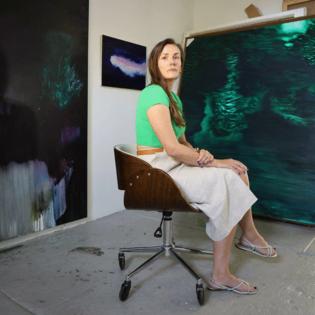
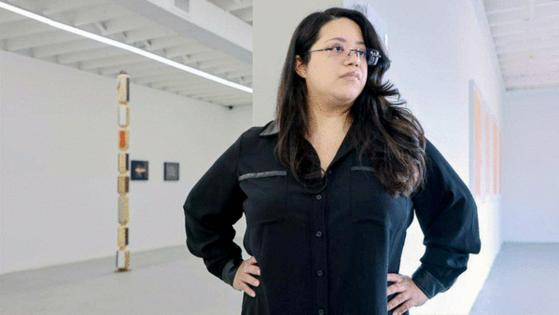
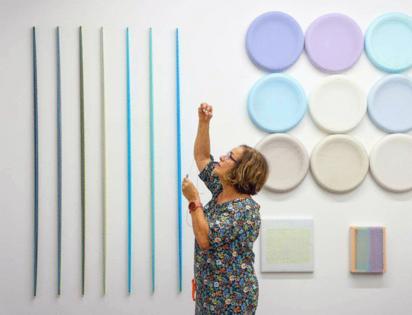



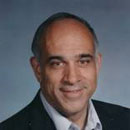



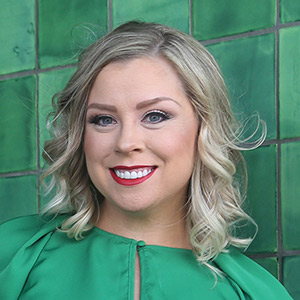
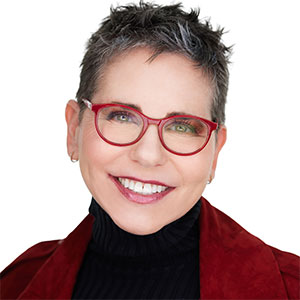

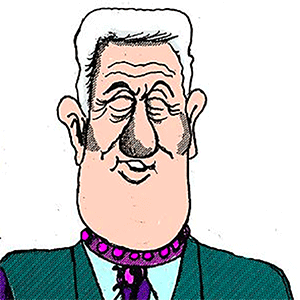


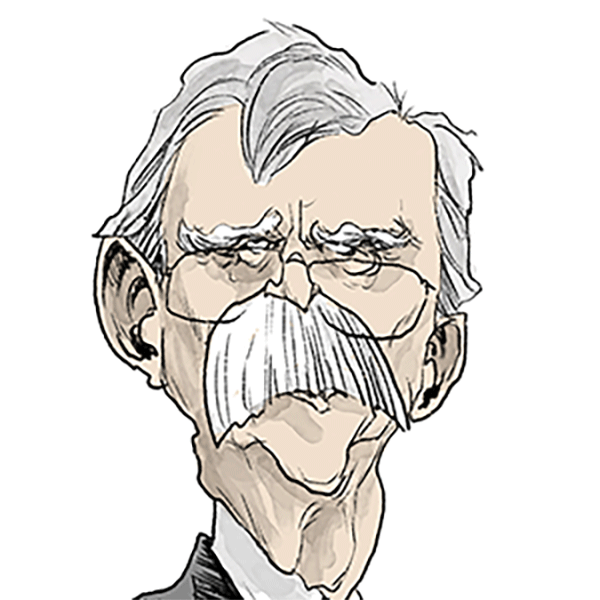
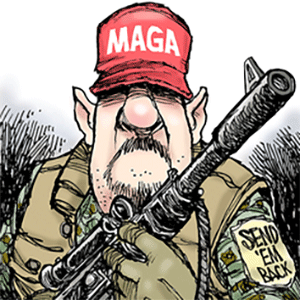
Comments